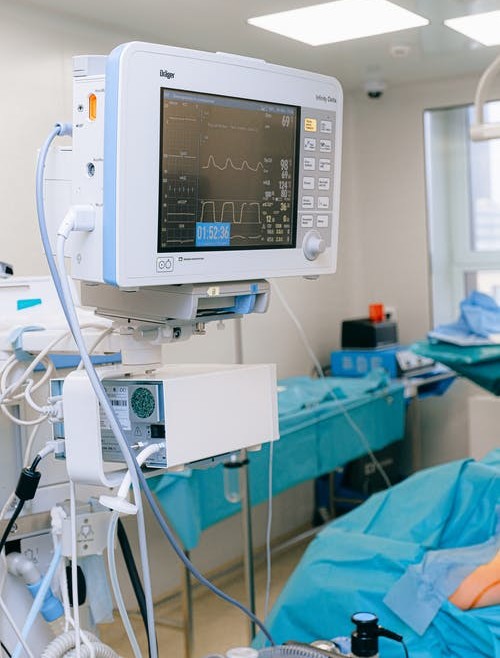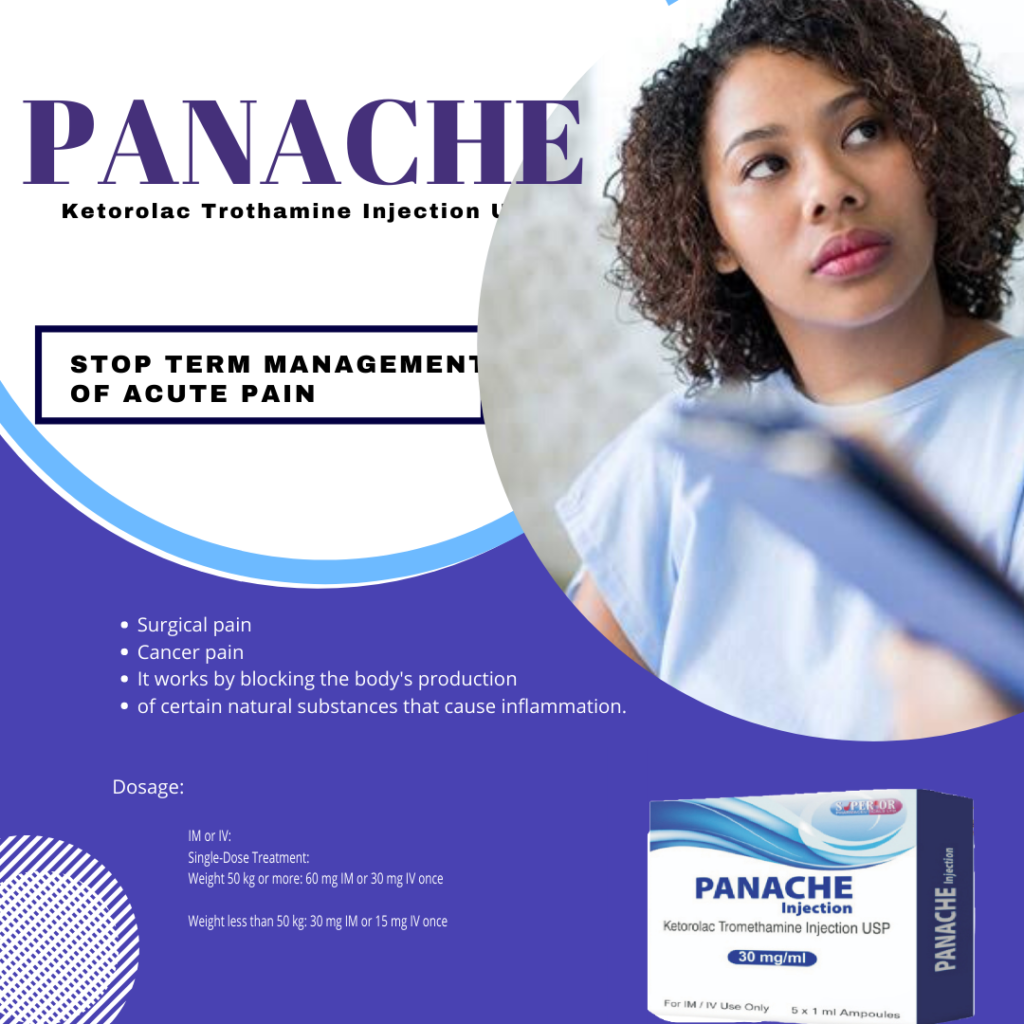Surgical pain is an unpleasant sensation that results from a surgical procedure. Pain is caused by the damage done to tissue by the incision, the procedure itself, the closing of the wound and any force that is applied during the procedure.
Pain after surgery can also stem from factors that accompany surgery. For example, you may have back pain due to the way you were positioned on the surgical table or chest pain due to an incision in the chest area. Throat pain is common after general anesthesia because the insertion of the breathing tube can cause irritation.
Common Types of Surgery Pain
All pain hurts, but all pain is not the same. There are different causes of pain, as well as different resulting sensations. For example, the pain you feel when you burn your finger is completely different than the pain you might feel from a surgical incision.
Nociceptive Pain
Nociceptive pain is typically acute pain caused by damage to tissue including muscle, bone, skin, or organs. The pain you feel when you sprain your ankle or have a dental procedure is typically nociceptive pain, and it typically improves with healing. Nociceptive pain is the pain that most people have experienced — what the majority of people are referring to when they state that they are in pain.2
Types of Nociceptive Pain
- Superficial Somatic Pain: Somatic pain is the pain you feel when you have an injury, which typically improves with healing and is gone when healing is complete. Superficial (surface) somatic pain includes cuts, bruises, burns and the skin wound aspect of surgical incisions.
- Deep Somatic Pain: Deep somatic pain comes from tissues deeper within the body, such as ligaments, bones, muscle, and tendons. Deep somatic pain is what is felt after an ankle sprain or a broken bone. Some surgical pain is deep somatic, such as the part of the incision that cuts through muscle or other internal tissue. For example, when the surgeon cuts through the muscles of the abdominal wall to remove an inflamed appendix, the pain that comes from those muscles is a deep somatic pain.
- Visceral Pain: Visceral pain originates from internal organs. It is the type of pain that is present when a person has appendicitis or gas pain that is stretching the digestive system. Visceral pain does not always reflect the exact location of the problem. The pain may be too general to pinpoint as coming from a specific area, or it may present away from the actual area. Visceral pain can be caused by surgery or other damage to organs, including cancer or infection. The process of cutting into an organ can cause visceral pain, as can something as simple as “gas” traveling through the GI tract after surgery in that area.
Neuropathic Pain
Neuropathic pain is caused by damage to nerve cells. This damage can be a result of surgery, diseases (such as diabetes), or injury.3
Types of Neuropathic Pain
- Central Neuropathic Pain (CNP): Central pain is pain that originates with damage to the brain or spinal cord. This type of pain could be caused by surgical damage to a nerve during brain head or spinal surgery.
- Peripheral Neuropathic Pain: This type of pain originates with nerves that are not part of the brain or spinal cord, such as nerves in the arms and legs. For example, peripheral neuropathic pain could be caused during the repair or replacement of a joint by an orthopedic surgeon.
Other Types of Pain
Phantom Limb Pain: Phantom limb pain is a unique phenomenon where a body part that has been amputated continues to cause a sensation. The name “phantom limb pain” can be misleading. People who have had a breast or other non-limb body part removed may also experience the issue.
In the past, phantom limb pain was considered a psychological issue, but it is now known that it originates in the nervous system. Symptoms range from being able to feel the presence of the amputated part to experiencing severe pain.4 Pain is typically medicated as other types of pain would be.
Referred Pain: Referred pain occurs when the brain, which receives bundled information from multiple regions served by a set of nerves, is unable to distinguish the precise location of the problem. For example, a person grabbing his left arm during a heart attack is experiencing referred pain — the nerve perceptions from the heart and the arm are pooled together and transmitted to the brain.5
What to Do About Your Pain
Pain after surgery is a normal occurrence. Your surgeon should prescribe appropriate pain medication SUCH AS PANACHE INJECTION after your procedure — this does not mean you will have no pain, it means your pain will be tolerable. If your pain suddenly increases or becomes unmanageable, it is important to contact your surgeon. This can be a sign of a change in your recovery.
Your pain should, in general, slowly improve each day after surgery. Don’t hesitate to use your pain medication as it is prescribed, as “gutting it out” can actually slow your recovery and prevent you from being up and moving in the days and weeks after surgery.




6 Comments
watch free
I blog often and I seriously thank you for your content. Your article has really peaked my interest. I am going to take a note of your website and keep checking for new details about once a week. I subscribed to your RSS feed too. Malissia Sherman Nigel
Olabisi
Thank you always.
123movies
I hope your paradise happens. A good first step are those care packages for those in need! Jilleen Mayor Solley
watch
Why people still use to read news papers when in this technological world all is accessible on web? De Reed Billat
hindi movie
Hiya, I am really glad I have found this information. Today bloggers publish only about gossip and web stuff and this is really annoying. A good website with interesting content, this is what I need. Thanks for making this site, and I will be visiting again. Do you do newsletters by email? Bonny Tannie Charita
Olabisi
That’s nice to hear. For now no newsletter.